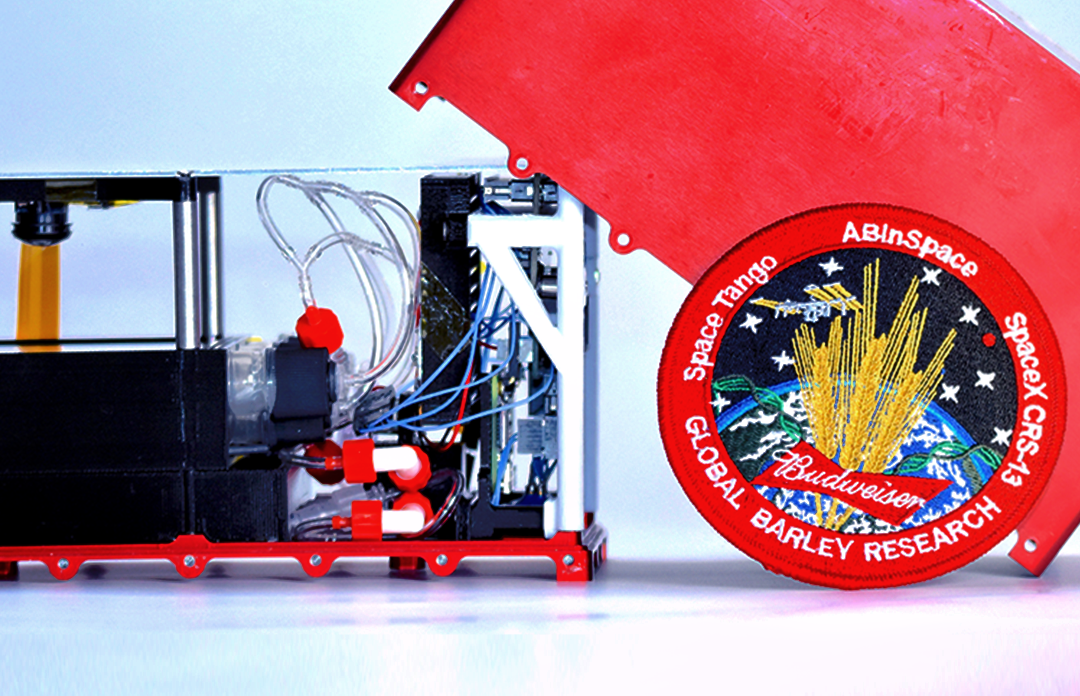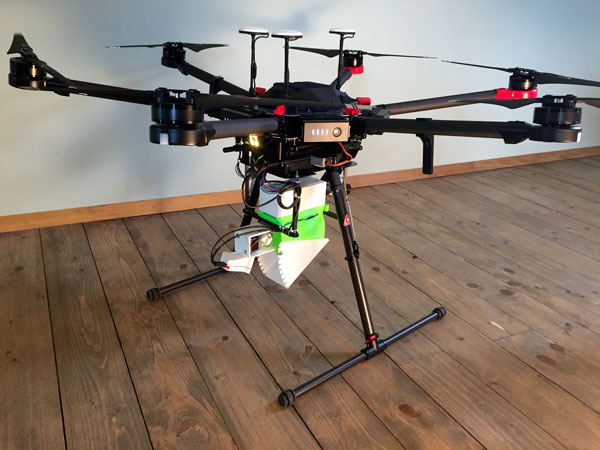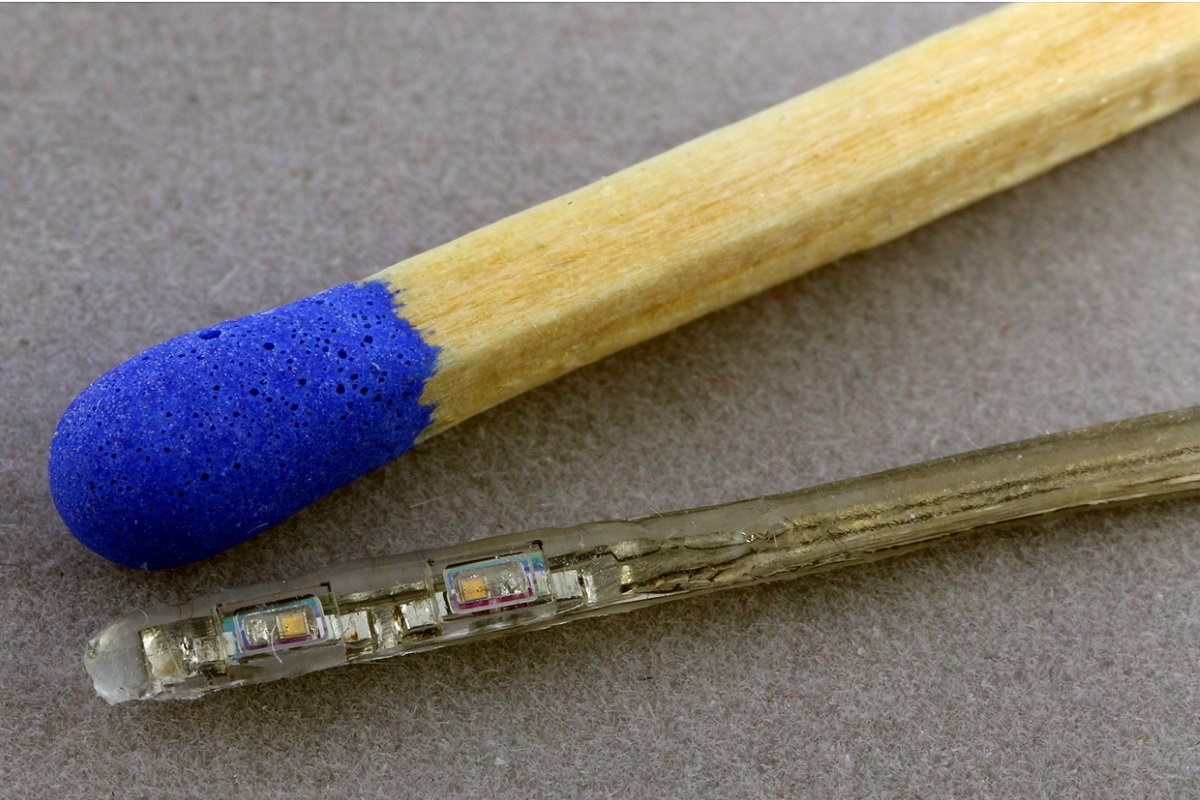Innovation Lab: Martian Beer, Copycat Robots and Laser Hearing
- Friday, November 24th, 2017
- Share this article:
At Mobile Marketing, we’re proud to help tech companies showcase their cutting-edge solutions, whether it’s on our website, in our magazine or at our Mobile Marketing Summits. Giving a platform to companies that are breaking new ground in their market brings audiences one step closer to the ideas and developments that will shape tomorrow.
In that spirit, our Innovation Lab feature takes a step beyond the world of apps, ads and handsets with slightly bigger screens, in order to share some of the tech world’s newest ideas. They might be interesting, disruptive or just outright strange, but these are the stories that have caught our eye over the past week.
Budweiser aims to be the first beer on Mars
 If Elon Musk and the engineers at SpaceX have their way, we could soon be looking at the first serious attempts to reach Mars, and when that first astronaut steps onto the Red Planet’s dusty surface, they’re going to want to be able to celebrate. What better way than with a smooth, refreshing space beer, asks Budweiser.
If Elon Musk and the engineers at SpaceX have their way, we could soon be looking at the first serious attempts to reach Mars, and when that first astronaut steps onto the Red Planet’s dusty surface, they’re going to want to be able to celebrate. What better way than with a smooth, refreshing space beer, asks Budweiser.
The brewing giant has already said that it plans to be the first beer on Mars, and now it’s moving forward with that idea, announcing that it will be sending barley, one of the key ingredients of beer, into space in December to test how it reacts to microgravity and exposure to cosmic radiation. The grains will be placed aboard SpaceX’s supply rocket, which is leaving for the International Space Station on 4 December.
Once the barley arrives, scientists will examine how the barley seeds germinate in the unique environment, before sending the seedlings back to Earth 30 days later for further analysis. In 2011, Scottish distiller Ardbeg sent whisky into space and found that its time in zero gravity altered the chemical composition of the spirit, so beer brewed in space or on Mars could well taste different to our Earth beverages.
“Budweiser is always pushing the boundaries of innovation and we are inspired by the collective American Dream to get to Mars,” said Ricardo Marques, vice president of Budweiser. “We are excited to begin our research to brew beer for the red planet.”
Toyota’s latest generation of android can mirror your movements
Toyota is best known as an automotive manufacturer, but the Japanese firm has a decent sideline in robotics, and its latest humanoid creation, the T-HR3, is its most advanced model yet, capable of mirroring the motions of a human controller with uncanny accuracy. According to Toyota, the model could serve as a robotic assistant in homes, hospitals, construction sites, disaster zones or even space.
The T-HR3 is controlled using Toyota’s proprietary Master Manoeuvring System, which enables the entire body of the robot to be operated instinctively with wearable controls that map hand, arm and foot movements to the robot, as well as providing a ‘robots-eye-view’ through a heads-up display. Sensors, motors and self-interference prevention technology all work together to ensure that the operator and robot act in perfect harmony.
“The Partner Robot team members are committed to using the technology in T-HR3 to develop friendly and helpful robots that coexist with humans and assist them in their daily lives,” said Akifumi Tamaoki, general manager of the Partner Robot Division at Toyota. “Looking ahead, the core technologies developed for this platform will help inform and advance future development of robots to provide ever-better mobility for all.”
The 5’1” robot boasts 29 articulated body parts and is even capable of feats such as standing on one foot, thanks to the precision control offered by the Master Manoeuvring System. While Toyota has yet to announce any specific plans to roll out the robot to businesses or consumers, the T-HR3 will be on show at the International Robot Exhibition next week.
Scientists to fight spread of diseases by dumping mosquitoes from drones
 It sounds like backwards logic – attempting to stop the spread of dangerous diseases like the Zika virus by releasing more mosquitoes into problem areas – but scientists at the United States Agency for International Development think it could actually work, and have teamed up with drone company WeRobotics to enable quick and precise transportation of the airborne bugs.
It sounds like backwards logic – attempting to stop the spread of dangerous diseases like the Zika virus by releasing more mosquitoes into problem areas – but scientists at the United States Agency for International Development think it could actually work, and have teamed up with drone company WeRobotics to enable quick and precise transportation of the airborne bugs.
The idea is to breed large numbers of male mosquitoes in captivity, sterilise them using low doses of radiation and then release them in key populations using specially-developed drones. These mosquitoes will still compete with wild males for female attention, despite being sterile, but by far outnumbering them, could result in local mosquito populations dropping by up to 90 per cent.
Using sterile mosquitoes to reduce wild populations isn’t a new idea, but developments in drone technology make the plan a lot more practical, enabling them to be deployed over huge areas with little need for existing infrastructure, which is often a problem in developing countries. WeRobotics’ cofounder Adam Klaptocz believes that if the transport and delivery process can be perfected, they may be able to manage mosquito populations over hundreds of square kilometres with a relatively small team.
Perfect your four-hand with Youbionic’s double fisted prosthetic
Federico Ciccarese and his company Youbionic believe that we are on the cusp of a leap forward in human development, with humanity ready to grow and evolve to meet the capabilities that technology offers us. What better way to do that than to add an extra hand onto the end of your arm?
Youbionic has created a 3D-printed glove that doubles your gripping ability, placing two hands at the end of your arms instead of the standard one. The device, which costs €1,799 (£1,600), is 3D-printed from plastic so you remain fairly manoeuvrable, although if you’re planning on using it to win boxing matches, you should probably think again.
While the robotic hands are limited to basic open and close states at the moment, the activators, which are triggered by two of your real fingers, allow for fine control of the speed. The practical uses for such a setup are admittedly quite limited, but Youbionic hopes that the concept will inspire others to rethink what it means to be human in this new age, and what other innovations can be made using the latest technology.
Cochlear implant uses lasers to restore hearing Researchers from Germany, Switzerland and Austria have teamed up to develop a prototype cochlear implant that uses laser pulses to transmit sounds into the inner ear, helping people with impaired hearing to perceive sounds.
Researchers from Germany, Switzerland and Austria have teamed up to develop a prototype cochlear implant that uses laser pulses to transmit sounds into the inner ear, helping people with impaired hearing to perceive sounds.
The implant uses an array of near-infrared lasers to heat up fluid within the cochlear canals. As the fluids heat, they expand, and when this happens rapidly enough, it generates tiny vibrations in the ear, stimulating the tiny hair cells that register it as noise, passing the signals on to the auditory nerve and then the brain.
The technology is still in its early days, but the researchers have built prototype versions of the implants and tested them, creating nerve signals that matched those generated by an actual noise. The next step is improving the energy efficiency of the device and continuing to minuturise it – a tricky task, given that it is already smaller than a matchstick. Still, the team is already working with a variety of manufacturers, hoping to bring the technology to market.
















